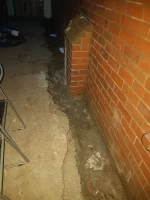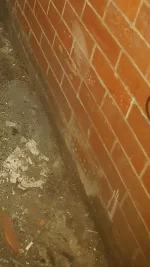ok i have been going through lots of threads ....and the answers are not all the same ...they all conflict ? so who is right and who is wrong...some chap asked a question and the answers are all different then starts a debate off with no real answer ??? you need to do this ...why would you do that ....well if you do that then the room above...dont use cream its s**t.....no such thing as rising damp.....a lot of damp companys around here all have the same wording on there web page.....
Dry zone are on the case e mail them this morning were very helpful..just waiting for response
Dry zones is very good too mate
Dry zone are on the case e mail them this morning were very helpful..just waiting for response


